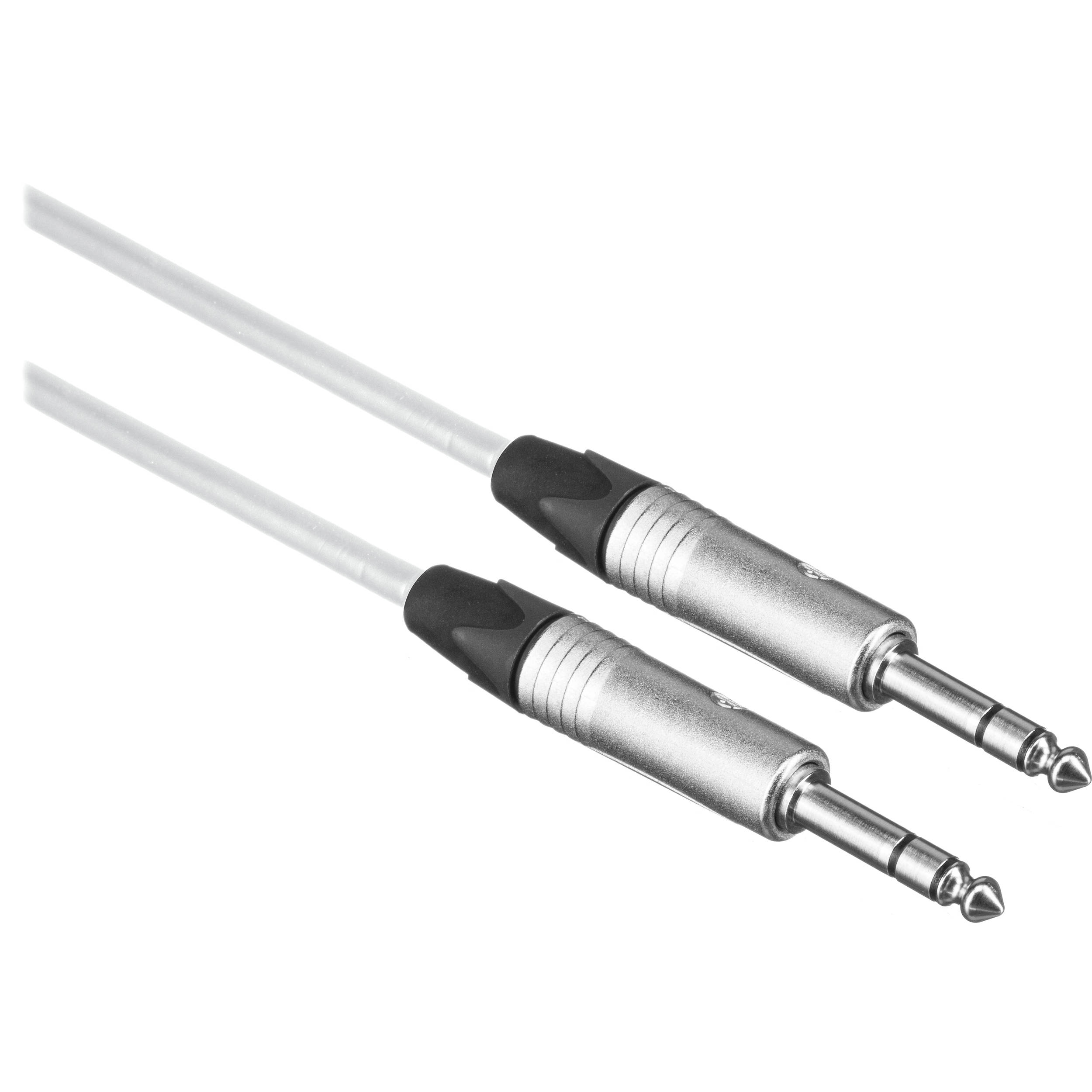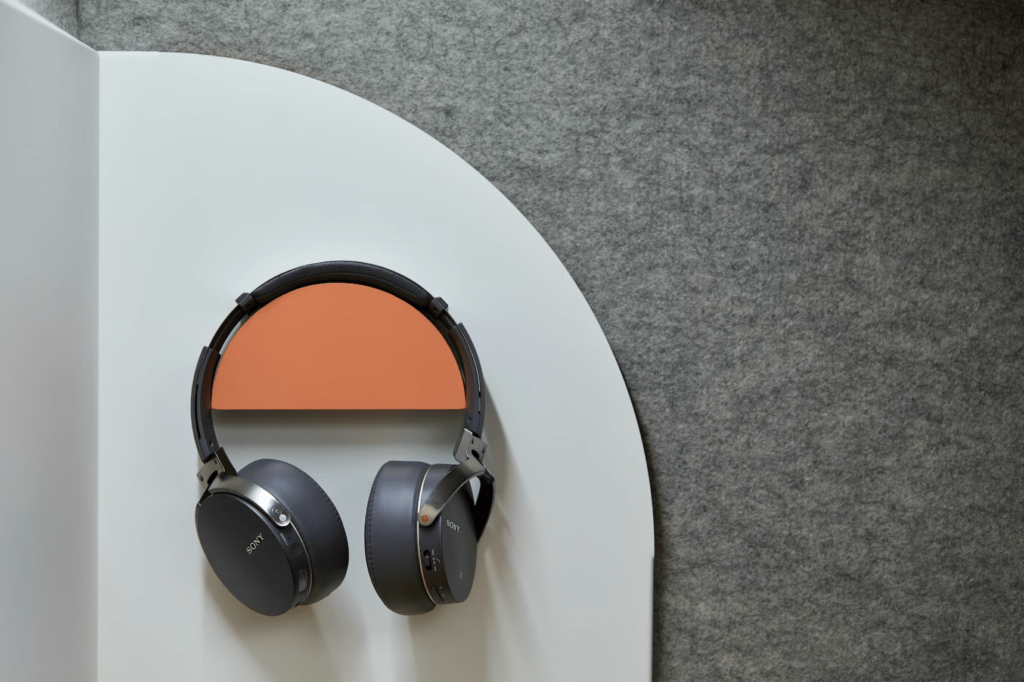Audio Connectors and Cable Types: The Ultimate Guide
Audio connectors and cable have many types so it can be overwhelming for beginner or intermediate musicians. Since Bluetooth and wireless technology may not meet the requirements of our studios, we have to deal with cables and wires.
Although cables may not be the most exciting subject, understanding how to use them effectively for clean audio in your signal chains is crucial. To assist you in becoming a cable master, we’ve developed a comprehensive guide to different types of audio cables. Continue reading to expand your knowledge!
What is Analog and Digital Signals?
Let’s begin with the fundamentals of audio connectors and cable types. Understanding the distinction between analog and digital is the first essential step.
Analog: In essence, analog operates by conveying information and energy through electricity. Analog cables facilitate the transmission of continuous waves. It’s worth noting that analog cables can be either balanced or unbalanced.
Digital: On the other hand, digital operates by transmitting information and energy through binary code (represented by 1’s and 0’s, reminiscent of the Matrix). These cables represent cutting-edge technology that constantly evolves and enhances with each passing year.
Learn About Audio Connectors and Cable Types
When discussing audio cables, it is important to distinguish between analog and digital cables before delving into more specific classifications. We will avoid overlooking this fundamental division and present the following types of cables conveniently categorized as analog and digital.
Analog Connectors Types
In-home or professional applications, it is common to come across at least three types of analog audio cables.
1. TS Connector

The TS Cable, or the Tip/Sleeve Cable, is a popular choice for instrument cables used with guitars, keyboards, and other instruments. This type of cable is unbalanced, featuring only two conductors.
Due to their unbalanced nature, TS cables are typically suitable for short-distance connections to mono instruments. They are commonly used with guitars, drum machines, effects pedals, and other unbalanced instruments.
TS cables are often employed when connecting these instruments to mixers, amplifiers, and other audio interfaces. Common sizes for TS Cable connectors include 1/4 inch for instruments and 1/8 inch (3.5mm) for mono headphones.
2. TRS Connector

The TRS Cable, known as the Tip, Ring, and Sleeve Cable, bears resemblances to the TS Cable but distinguishes itself with an additional ring. Its usage can vary between balanced and unbalanced applications.
In balanced configurations, the TRS cable employs the tip, ring, and sleeve to convey positive, negative, and ground signals, respectively, making it suitable for mono instruments or devices. Alternatively, when used for unbalanced connections, the TRS cable can transmit 2-channel stereo audio, accommodating left and right channels.
TRS cables are commonly employed with headphones, mixer headphone outputs, and studio monitors. Standardized sizes for TRS cables are typically 1/8 inch or 3.5mm. Moreover, adapters can readily convert 1/8-inch (3.5mm) TRS connectors to 1/4-inch (6.35mm) TRS connectors.
3. Stereo Mini Jack Connector

Undoubtedly, jack connectors hold the distinction of being the most renowned audio connectors. They are commonly found on headphones and most handheld media inputs and outputs. The stereo mini-jack, a shrunk-down version of the TRS connector, measures 1/8 inch.
Jack connectors offer versatility and a balanced sound, enabling their use across various scenarios, such as connecting headphones to phones, handheld devices to car radios, or plugging devices into speakers.
The advantages of jack connectors include their versatility and their integral role in the famous phrase, “Pass me the AUX.” However, it is worth noting that jack connectors may have limitations in terms of sound quality.
4. RCA Connector

The RCA connector is a cable capable of transmitting visual and audio signals, offering versatility in its applications. It supports the transmission of analog and digital audio signals, making it a highly adaptable cable option.
RCA cables facilitate the transfer of unbalanced audio signals for analog audio transmission. A pair of RCA cables are typically required to transmit stereo sound information. When used for digital purposes, RCA cables can accommodate stereo and surround sound information. RCA connectors usually feature male plugs, color-coded in red and yellow, inserted into female ports on devices.
RCA connectors are historically associated with sound connections in devices like TVs, DVD players, speakers, and record players. They are often required when playing vinyl records to initiate audio playback.
RCA connectors’ advantages include transmitting unbalanced and balanced audio signals and supporting sound and visual signals. However, they are considered somewhat outdated.
5. XLR Connector

XLR connectors are the standard choice for balanced audio and can have up to 10 pins, although three-pin configurations are common. They enable the transmission of proportional mono signals, requiring multiple cables for stereo analog transmission.
These connectors effectively eliminate feedback and are ideal for microphone use. They provide a secure connection that minimizes noise interference and ensures durability.
The advantages of the XLR connector include its secure and durable design. However, one common drawback is that the pins can accumulate dirt over time, potentially causing interference with the sound.
Digital Cables Types
In-home entertainment, you may come across at least three common types of digital audio cables.
1. Interface Cables

USB connections are widely used for digital data transfer, but they are relatively slower when it comes to audio. Despite this, USB cables perform well in home studio environments. In the early 2010s, FireWire cables were considered the superior option, providing exceptional data transfer speeds compared to USB. However, with the introduction of Thunderbolt cables, there is limited competition. Thunderbolt cables offer even faster speeds, greater adaptability, and outperform both USB 3.1 and FireWire 800 cables.
Advantages of interface cables include their versatile compatibility. However, a drawback is that they may have audio quality and range limitations.
2. MIDI Cables

Electronic musicians commonly rely on MIDI cables, which are ideal for simultaneously connecting multiple instruments, computers, and audio devices. These cables facilitate the transmission of crucial information such as tone, pitch, and tempo, making them highly advantageous for recording music.
MIDI cables are particularly useful for connecting keyboards and synthesizers to computers, ensuring accurate and precise audio transfer. They can also be utilized reversely, transmitting signals from the computer back to the instrument if necessary.
The benefits of MIDI cables include their ability to carry a diverse range of signals, encompassing tempo, pitch, and more. However, it’s worth noting that MIDI cables are primarily used within a niche musical context.
3. Optical Cables

Optical cables are highly suitable for long-distance broadband and telecommunications purposes. They operate by transmitting signals through a series of light pulses, making them exceptionally efficient.
These cables offer the ability to quickly transfer multiple audio options within a single cable, accommodating two signals simultaneously. This all-in-one cable solution is advantageous for reducing cable clutter in studios, representing the future of audio connectivity.
The benefits of optical cables include their rapid and effective performance. However, it’s important to note that they are not specifically designed for musical applications and can be relatively expensive.
Balanced vs. Unbalanced Cables

The performance and output of the two types of analog cables vary significantly.
1. Balanced Cable
Balanced cables are preferred by pros and those seeking high-quality sound due to their immunity to noise interference from radios or electronic equipment, thanks to an extra wire. They use the ground wire, positive polarity (hot), and negative polarity (cold) wire for noise cancellation and effective, high-fidelity audio. In balanced cables, the (-) and (+) wires carry the same signal, with the (-) wire inverted, balancing the sound. By canceling each other out, they provide pure, obstruction-free sound—a sweet spot.
2. Unbalanced Cable
Unbalanced cables consist of two intertwined wires: the ground and positive polarity (hot) wires. However, these cables are prone to picking up noise more easily. Despite this drawback, they are commonly used in musical instruments for sound transmission. It’s worth noting that unbalanced cables may experience audio distortion when extended beyond 20 feet.
Conclusion
Choosing the right cable depends on your specific requirements and intended use. Each cable is designed to work with particular audio equipment and produce a specific style of sound output. It is crucial to consider the devices you will be using before selecting the appropriate cable. While wireless speakers are becoming more popular, cables still play a significant role and remain essential. By familiarizing yourself with the information provided, you are well on becoming an informed user.


